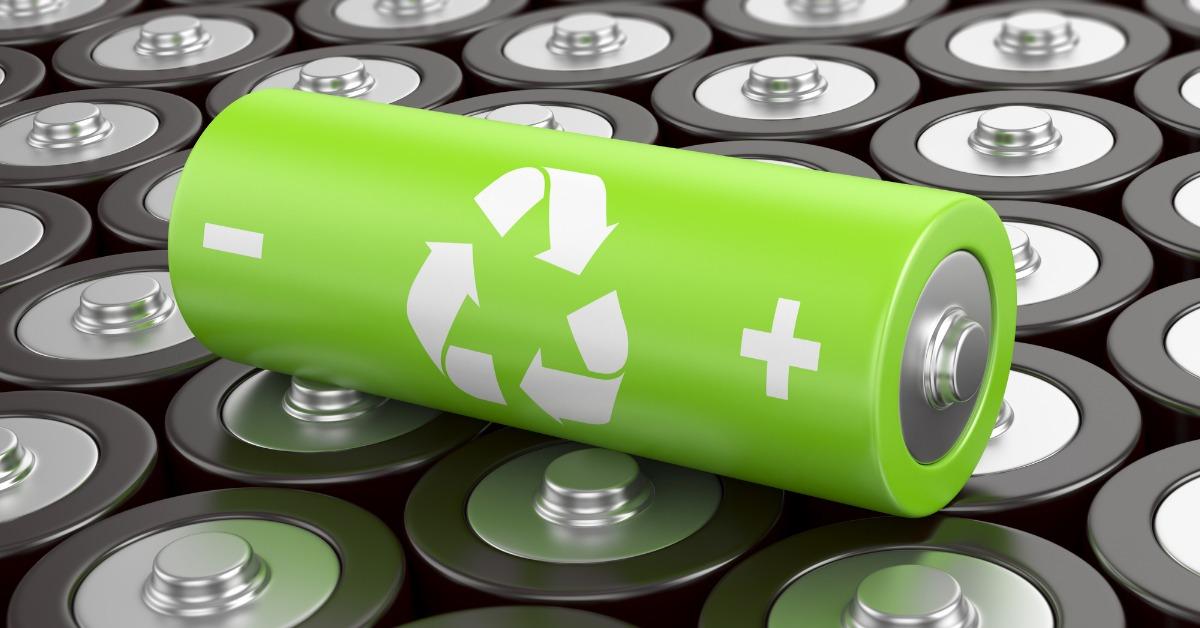Rechargeable batteries have become an essential part of our daily lives, powering everything from our smartphones and laptops to electric vehicles and renewable energy systems. Advancements in battery technology have led to the development of high-energy density rechargeable batteries, which offer longer-lasting power and improved performance. In this article, we will explore the concept of high energy density in rechargeable batteries, its importance, and the latest advancements in this field.
The demand for high-energy-density rechargeable batteries has been driven by the need for longer-lasting power and improved portability. As electronic devices become more advanced and power-hungry, the ability to store more energy in a smaller size becomes crucial.To know more about rechargeable batteries then visit Nuenergy.

High energy density batteries allow for smaller and lighter devices, making them more convenient and portable for users. Several types of rechargeable batteries offer high energy density, each with its advantages and limitations. Let’s explore some of the most common ones:
- Lithium-ion batteries: Lithium-ion batteries are widely used in various electronic devices such as smartphones, laptops, and electric vehicles. They offer high energy density, meaning they can store a large amount of energy in a relatively small size. They also have a long cycle life, meaning they can be recharged and discharged multiple times without significant loss in capacity.
- Nickel-metal hydride (NiMH) batteries: NiMH batteries are commonly used in portable electronics, power tools, and hybrid electric vehicles. They have a lower energy density compared to lithium-ion batteries but offer a more environmentally friendly alternative. NiMH batteries can be recharged many times and are less prone to thermal runaway than lithium-ion batteries. However, they have a higher self-discharge rate, meaning they lose charge over time even when not in use
